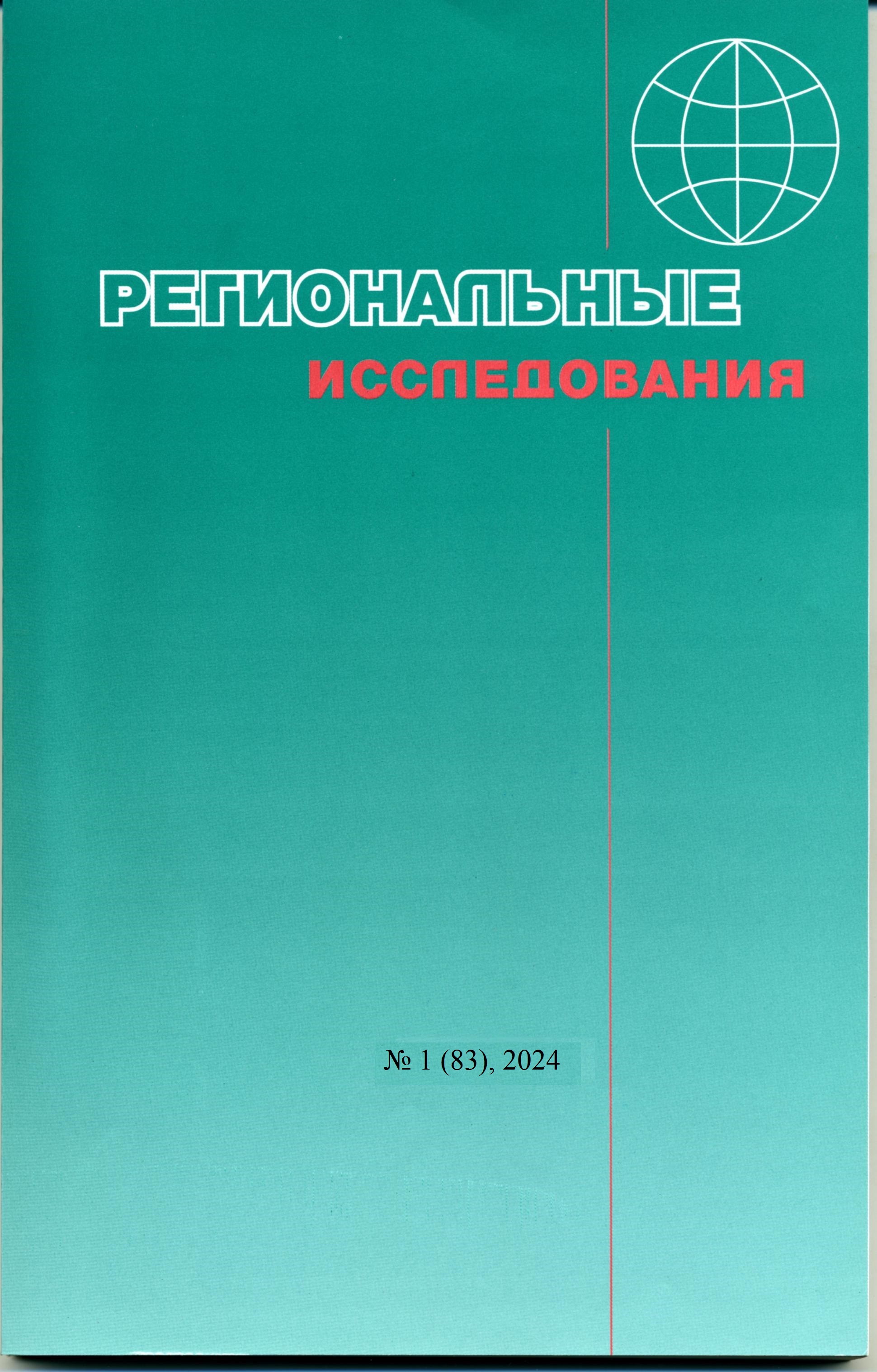Koshcheev D.A., Isopeskul O.Yu. Development of tourist clusters in the Perm Territory in 2010-2022: estimates, results, prospects
DOI:
https://doi.org/10.5922/1994-5280-2024-1-8Keywords:
tourism, tourism cluster, complex formation, cluster activity, cluster policy, cluster initiatives, Perm region, tourism recreation territoriesAbstract
The present investigation proposes one of the first analyses of complex formation and cluster activity within Perm region tourism sector in 2010–2022. The parameters mentioned, were taken in conjunction with the system of regıonal cluster policy measures of the same term. The present investigation was based on EDA of Perm region tourism recreation territories (TRT) statistics. The TRT within Perm region legislation is considered as the territories when tourism clusters can be created. The analyses mentioned were supplied with content analysis of news media publications, official document on regional cluster policy and the results of author’s opinion pulls of 2015–2022. The investigation showed that regional cluster policy did not have any sustainable effect on complex formation and cluster activity in TRT. Moreover, real tourism clusters in 2010–2022 were identified only in two from seven TRT. Other TRT had protoclusters only. Drawing from complex formation and cluster activity indicators, using kmeans method, we divided existing TRT into four groups. For each TRT group we proposed tourism development recommendations and (where it is necessary) tourism cluster / protocluster development recommendations.
References
Баталина Ю. Центрами культуры Пермского края–2015 стали Юрлинский, Кишертский и Чусовской районы [Электр. ресурс] // Новый Компаньон: URL: https://www.newsko.ru/news/nk-2097328. html?ysclid=lrc4s4wzn305451528 (дата обращения: 13.01.2024).
Васильева М.В., Дудецкий Д.Ю. Проблемы и приоритетные направления развития туристской дестинации в Пермском крае // Вопросы современной экономики. 2014. № 1. С. 119–135.
Государственная программа «Развитие туризма в Пермском крае на 2013–2017 гг.» [Электр. ресурс] URL: http://https://permavtotravel.ucoz.ru/files/2013/Turism2013.pdf (дата обращения: 13.01.2024).
Зырянов А.И., Мышлявцева С.Э. Туристские кластеры Пермского края // Туризм в глубине России. Сб. тр. междунар. научн. семинара (19–25 июля 2010 г.). Пермь, 2010. С. 3–10.
Кощеев Д.А., Исопескуль О.Ю. Функционирование туристских протокластеров Пермского края в условиях пандемии и санкционного давления // Географический вестник. 2022. Т. 63. № 4. С. 115–134.
Кощеев Д.А., Исопескуль О.Ю. Проектирование туристских кластеров: системно-агломерационный подход. М.: ИНФРА-М, 2020. 326 с.
Кощеев Д.А., Миролюбова Т.В Оценка взаимовлияния региона и индустриального кластера: системно-пространственный подход // Вестн. Перм. ун-та. Сер.: Экономика 2022. Т. 17. № 2. С. 161–184.
Лысенко О.В. Последствия Пермского культурного проекта (по материалам социологических исследований [Электр. ресурс] // Журнальный зал: URL: https://magazines.gorky.media/nz/2016/1/posledstviyapermskogo-kulturnogoproekta.html?ysclid=lrc51qykfi796711417 (дата обращения: 13.01.2024).
Микрюкова Н.С., Марамыгин А.В. Туристская сезонность кластеров Пермского края // Научная перспектива. 2015. № 12. С. 42-44.
Миролюбова Т.В., Зырянов А.И., Мышлявцева С.Э. и др. Особенности и перспективы развития внутреннего и въездного туризма в региональной экономике Пермского края. Пермь: Пермский гос. нац. исслед. ун-т, 2023. 216 с.
Миролюбова Т.В., Кралина Т.В., Ковалёва Т.Ю. Закономерности и факторы формирования и развития региональных кластеров. Пермь: Пермский гос. нац. исслед. ун-т, 2013. 280 с.
Оборин М.С. Особенности кластеризации на региональном уровне (на примере Пермского края) // Конкурентоспособность компаний и территорий: кластерные технологии: сб. сб. науч. ст. / под ред. Т.В. Миролюбовой. Пермь, 2014. С. 252–260.
Огнева С.В., Кузьмина Н.В. Проблемы и перспективы развития туризма в промышленном регионе (на примере Пермского края) // Сервис в России и за рубежом. 2015. № 3. С. 51–62.
Стратегия развития туризма в Пермском крае на период до 2035 года [Электр. ресурс]. URL: http://https://mtm.permkrai.ru/dokumenty/285572/(дата обращения: 13.01.2024).
Ткачев Б.П., Есипова С.А. Обзор подходов к туристскому районированию Пермского края // Научное обозрение. Экономические науки. 2020. № 1. С. 37–41.
Шарыгин М.Д., Ковылов В.К. Регионоведение: учеб. пособие. Воронеж Лексикон, 2004. 200 с.
Monfort M.Competitividad y factorescríticos de éxito en la «hotelería de litoral»: experiencia de los destinosturísticosBenidorm y Peñíscola (Doctoral Dissertation, Universidad de Valência, Espanha, 2000) // Biblioteca virtual Miguel de Cervantes. 2000. [Электр. ресурс]. URL: http://www.cervantesvirtual.com/ obra/competitividadyfactores-criticos-de-exito-en-los-destinos-turisticos-mediterraneos-benidormypeniscola--0/ (дата обращения: 13.01.2024).
Peiró-Signes А. et al. The effect of tourism clusters on US hotel performance // Cornell Hospitality Quarterly. 2014. № 11. P. 1–13. DOI: 10.1177/1938965514557354.
Porter M. Location, competition, and economic development: local clusters in a global economy // Economic Development Quarterly. 2000. № 14. P. 15–34.

